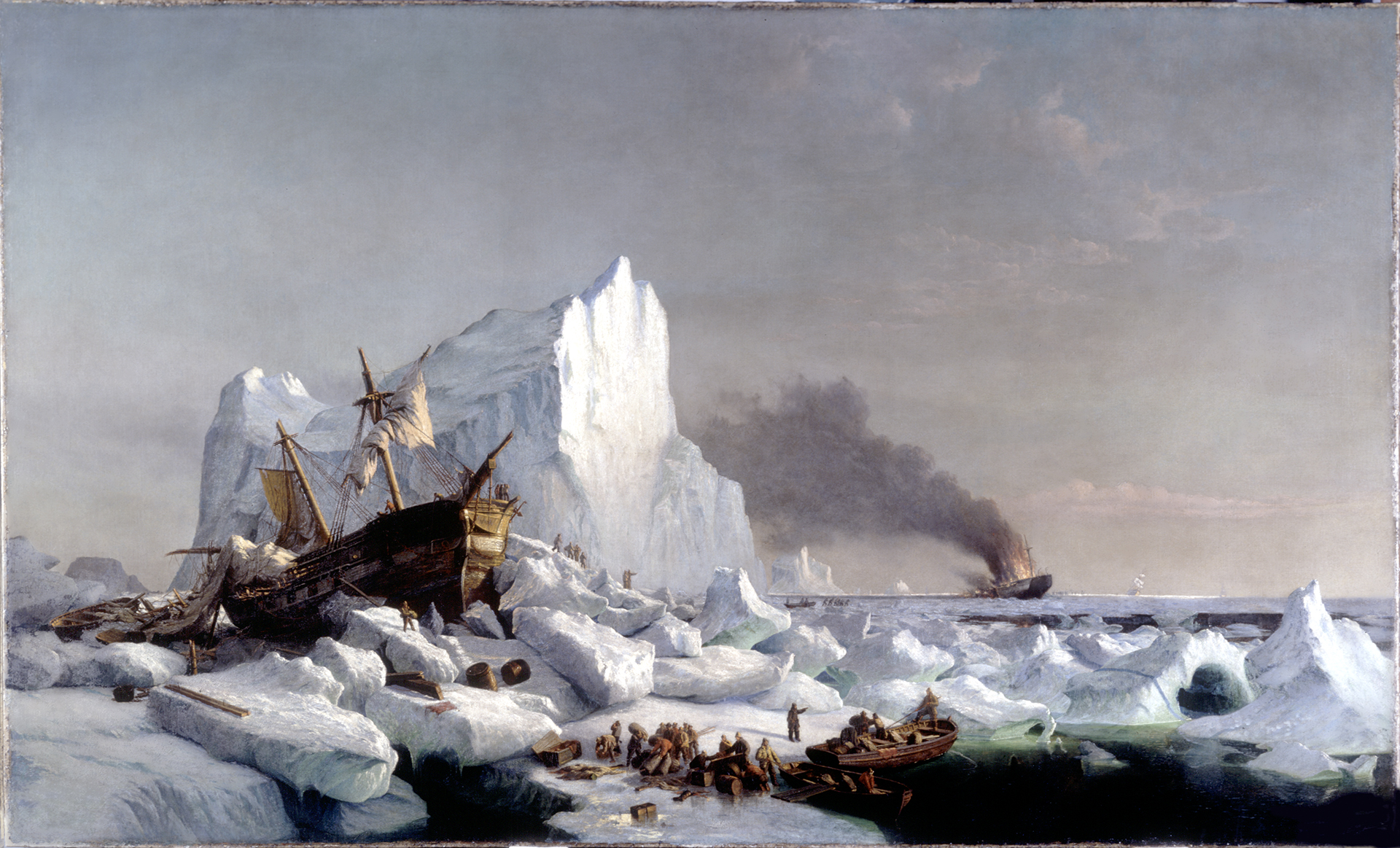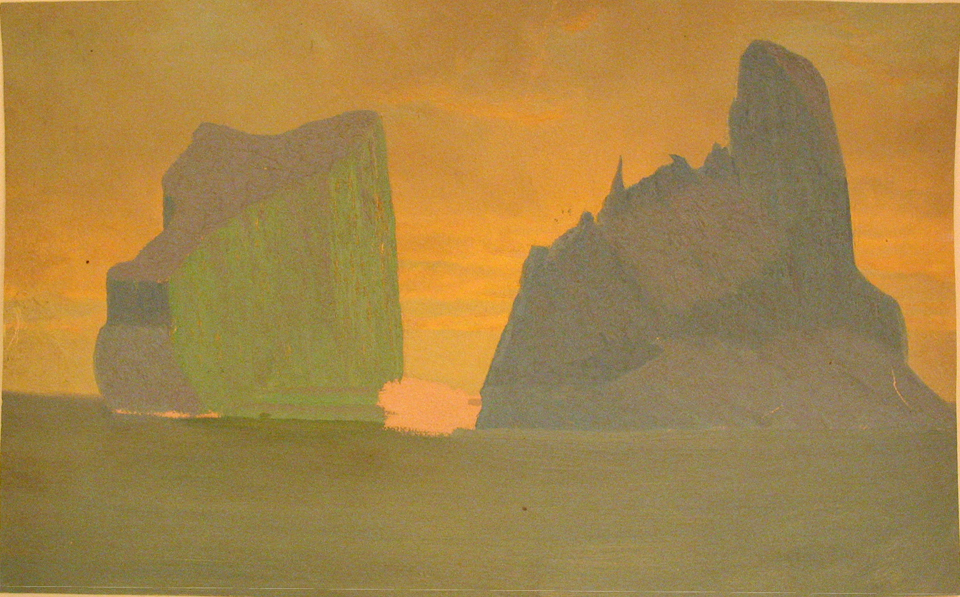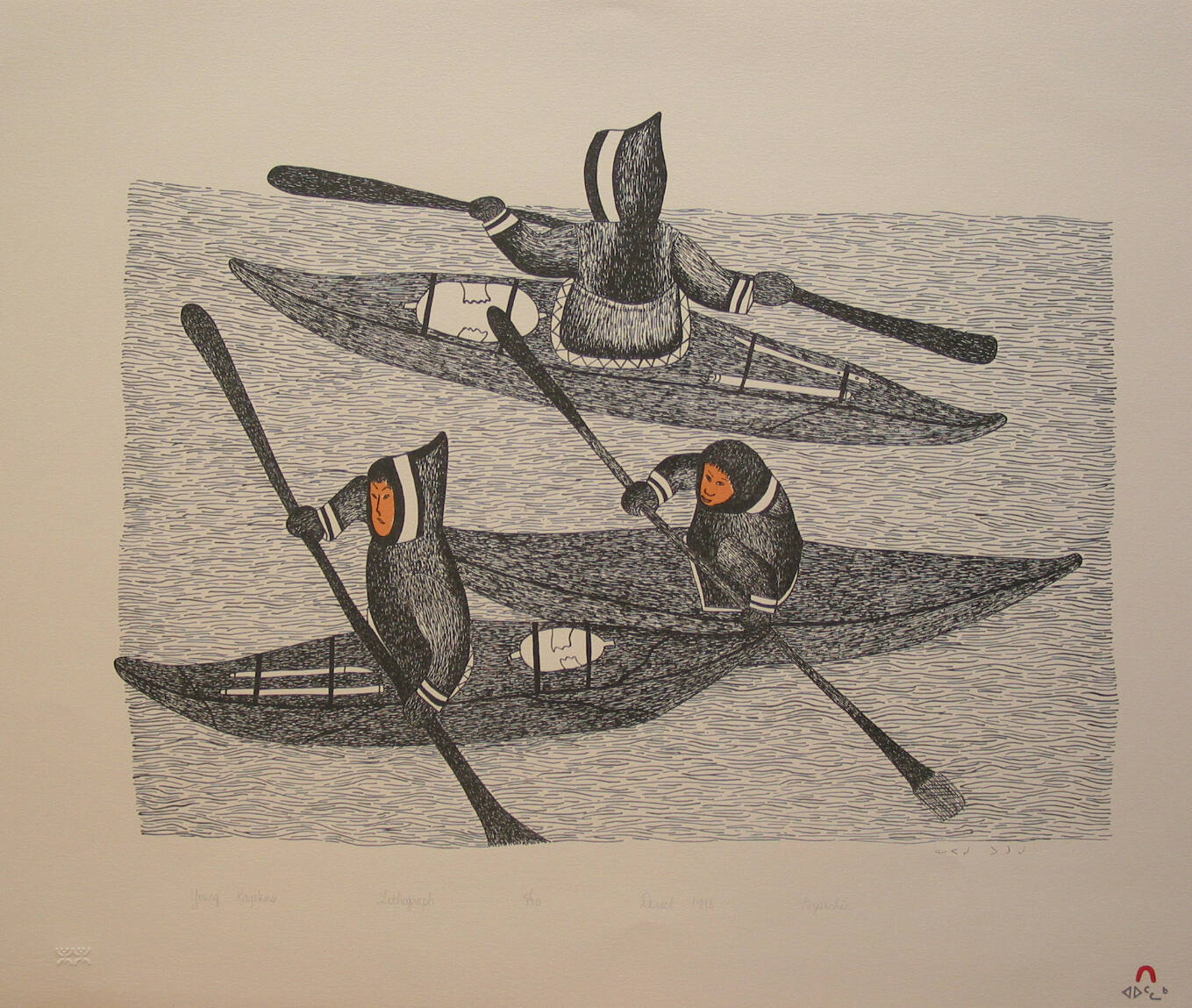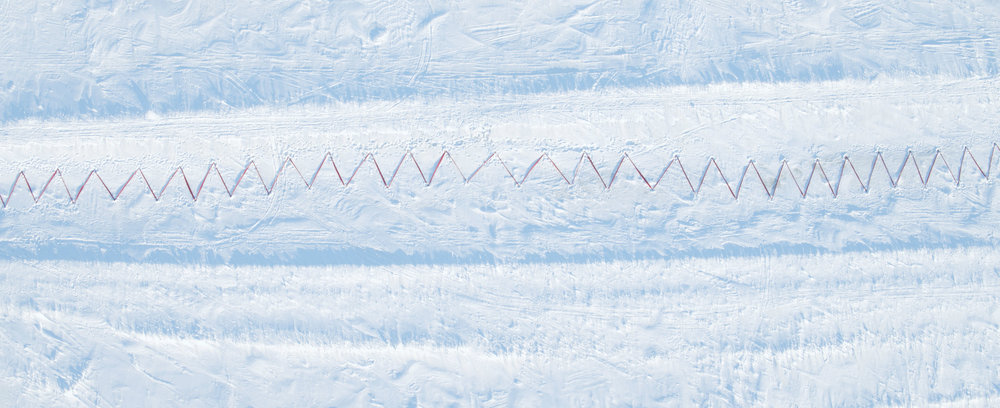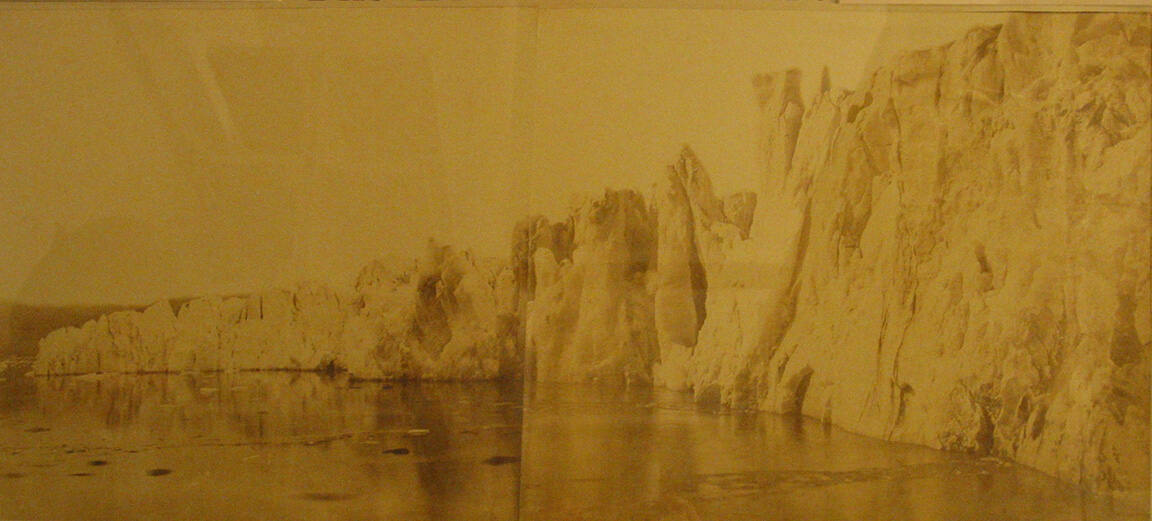Melting Glaciers, Rising Seas: William Bradford, Climate Change, and the Contemporary
New Bedford Whaling Museum
Coming Early 2027
American artist William Bradford (Fairhaven, MA; 1823-1892) greatly expanded knowledge about the arctic through photographs, paintings, publications, and lectures. The exhibition and catalogue, Melting Glaciers, Rising Seas: William Bradford, Climate Change, and the Contemporary, situates Bradford’s work in conversation with contemporary art about climate change and Eastern Arctic Indigenous communities across Inuit Nunangat and Kalaallit Nunaat. Featuring 180+ artworks, the exhibit and publication offer a new critical framework for thinking about historical American art of the arctic, contextualizing Bradford’s journeys alongside contemporary art on climate change and Arctic lifeways, and forcing reflection on our shared futures.
Bradford had four significant periods in his career: ship portraits, Dutch-inspired marine scenes, luminist works, and Realist arctic landscapes. In 1861, the artist traveled to Labrador (today the northernmost point of Northeastern Canada), returning annually between 1863 and 1867. These journeys inspired his monumental painting Sealers Crushed by Icebergs (1866; New Bedford Whaling Museum), depicting a crew of seal-hunting vessels overcome by errant ice and bringing attention to the awesomeness of the arctic environ. In 1869, he traveled to Greenland for an ambitious three-month expedition. They reached 75° north latitude, well inside the Arctic Circle, and created over 300 photographs, 50 oil sketches, and more than 100 drawings, from which Bradford produced numerous paintings. He published his account of the voyage in an oversized deluxe volume with 141 albumen silver prints as The Arctic Regions, illustrated with photographs taken on an art expedition to Greenland; with descriptive narrative by the artist (1873) and went on the public lecture circuit. The purchase of Sealers Crushed by Icebergs in 1872 by the Marquess of Lorne, Queen Victoria’s son-in-law, gained him royal patronage, a commission from Queen Victoria, and a public exhibition at the Royal Academy in 1875. These events established Bradford as the “Painter of the Polar World” and brought international acclaim.
The New Bedford Whaling Museum stewards one of the largest collections of work by William Bradford in the world. For this exhibition, we dive deep into a body of work that includes over 300 original pieces related to or made by Bradford, more than 80 by his teacher Albert Van Beest (1820-1860), and significant historical Arctic holdings focused on Greenland and the Eastern Arctic—US and European prints, publications, paintings, and Inuit and Sámi material culture. Bradford’s oeuvre allows us to reflect on the impacts of Arctic exploration and settler colonialism on the circumpolar north and engage with contemporary issues surrounding climate change and Arctic Indigenous sovereignty. We will partner with contemporary artists across the circumpolar north, especially the Eastern Arctic, who grapple with settler colonialism, its legacies, and the effects of climate change on Arctic environments. Works by artists from Inuit Nunangat and Kalaallit Nunaat reframe Bradford’s sublime scenes and prompt critical appraisal of present-day challenges, including climate change and Arctic Indigenous identity and sovereignty. The timeliness of this exhibition is significant: we are at a critical juncture in public conversations about climate change and its global impacts, as well as Indigenous sovereignty and Arctic lifeways. Colonialism and climate change are deeply intertwined. In 2024, Greenland—an autonomous territory of the Kingdom of Denmark and the site of Bradford’s most significant expedition—officially declared its intention to achieve independence. While the climate crisis is sparking a new “land grab,” it also poses critical threats to coastal and inland Arctic peoples, their lifeways, and their ability to survive on ancestral homelands. This project marshals the NBWM’s deep holdings to introduce audiences to overlooked historical topics and figures while fueling essential conversations about environmental and social justice.
